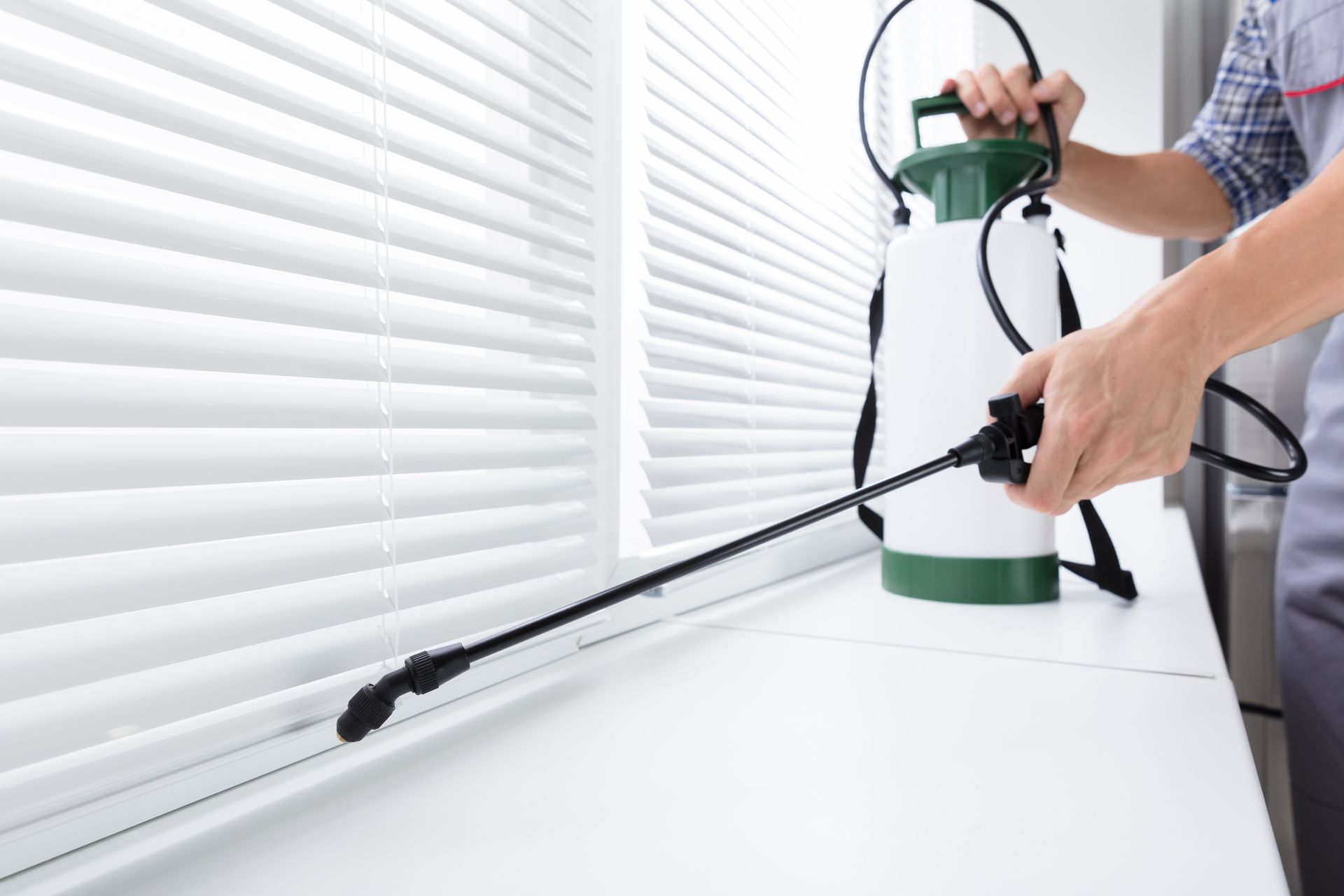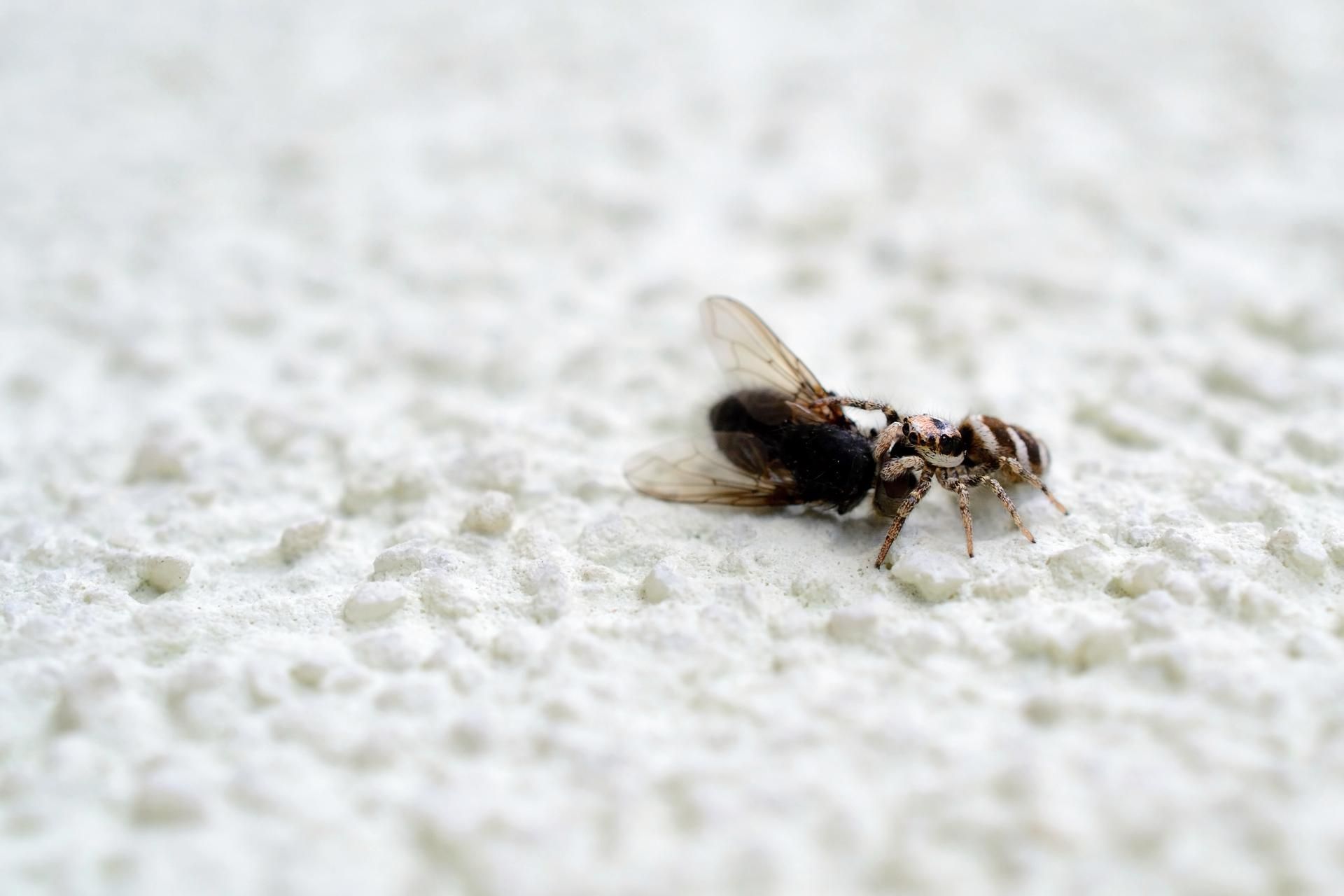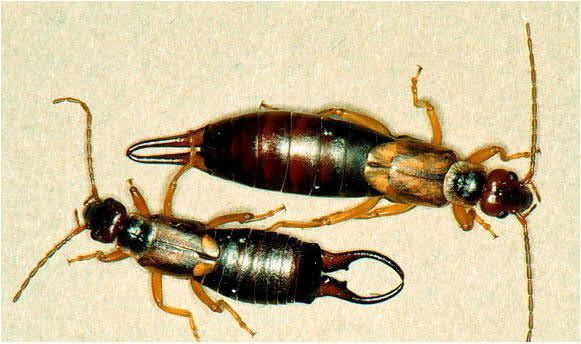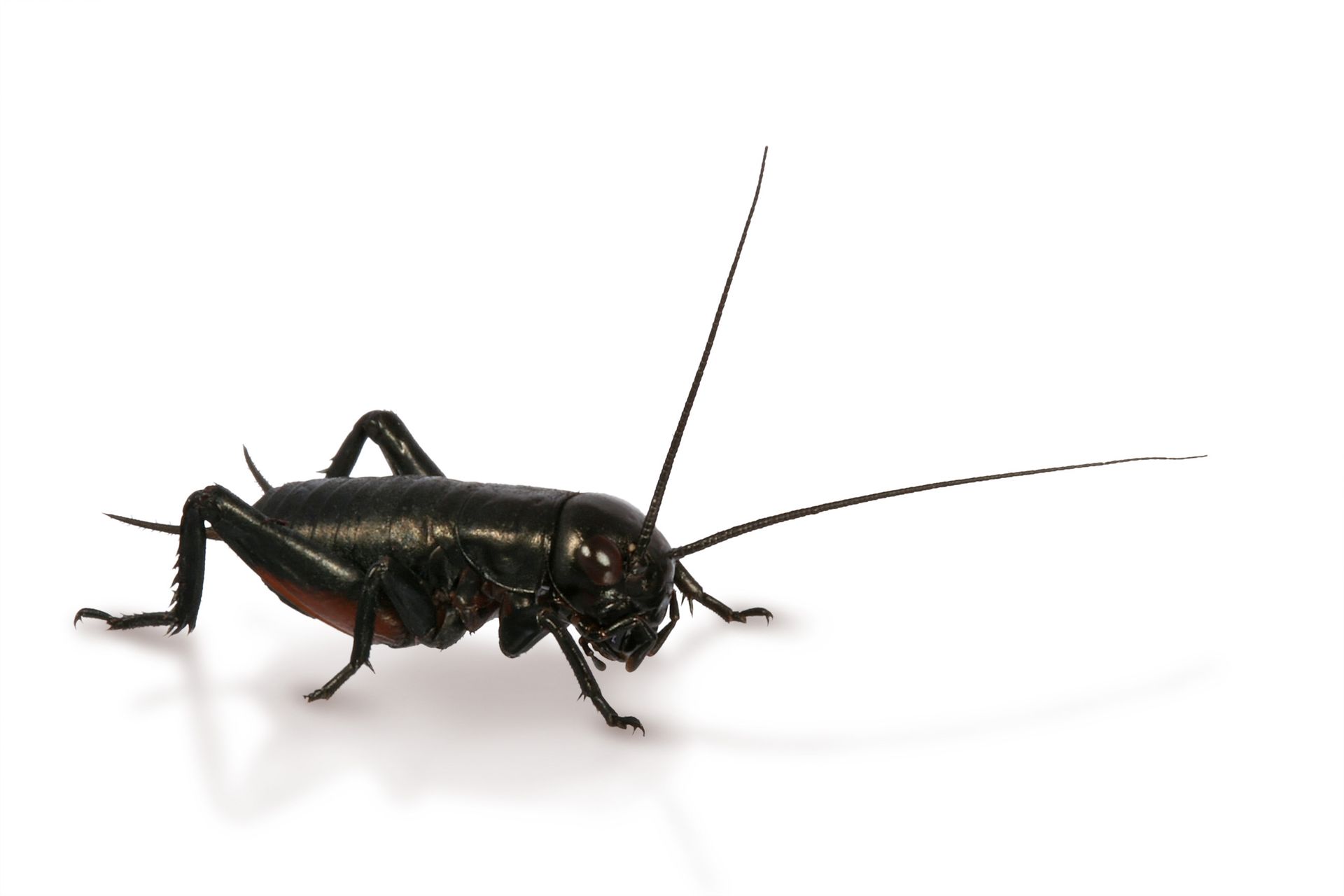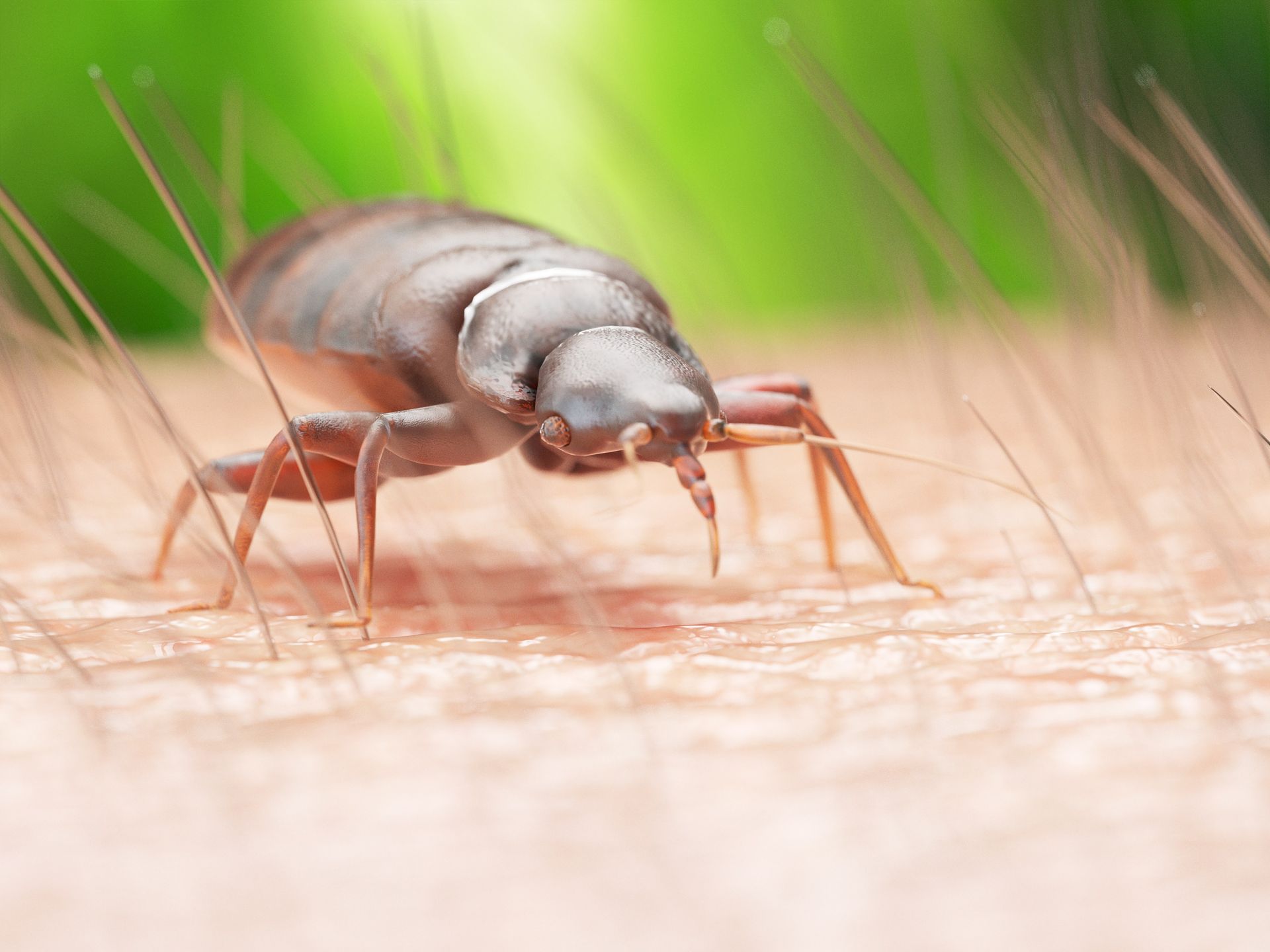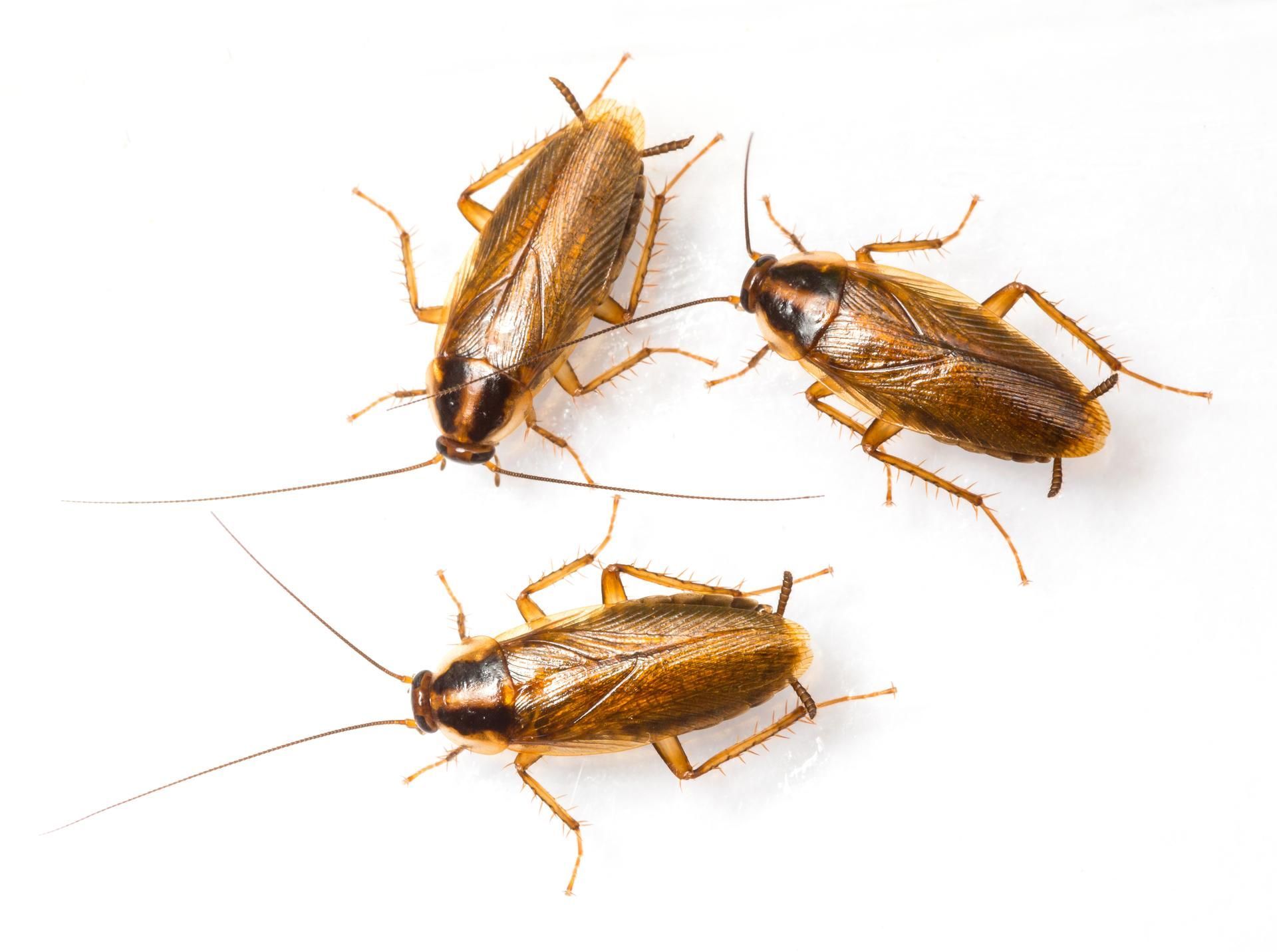Six Factors That May Be Attracting Rats to Your Home
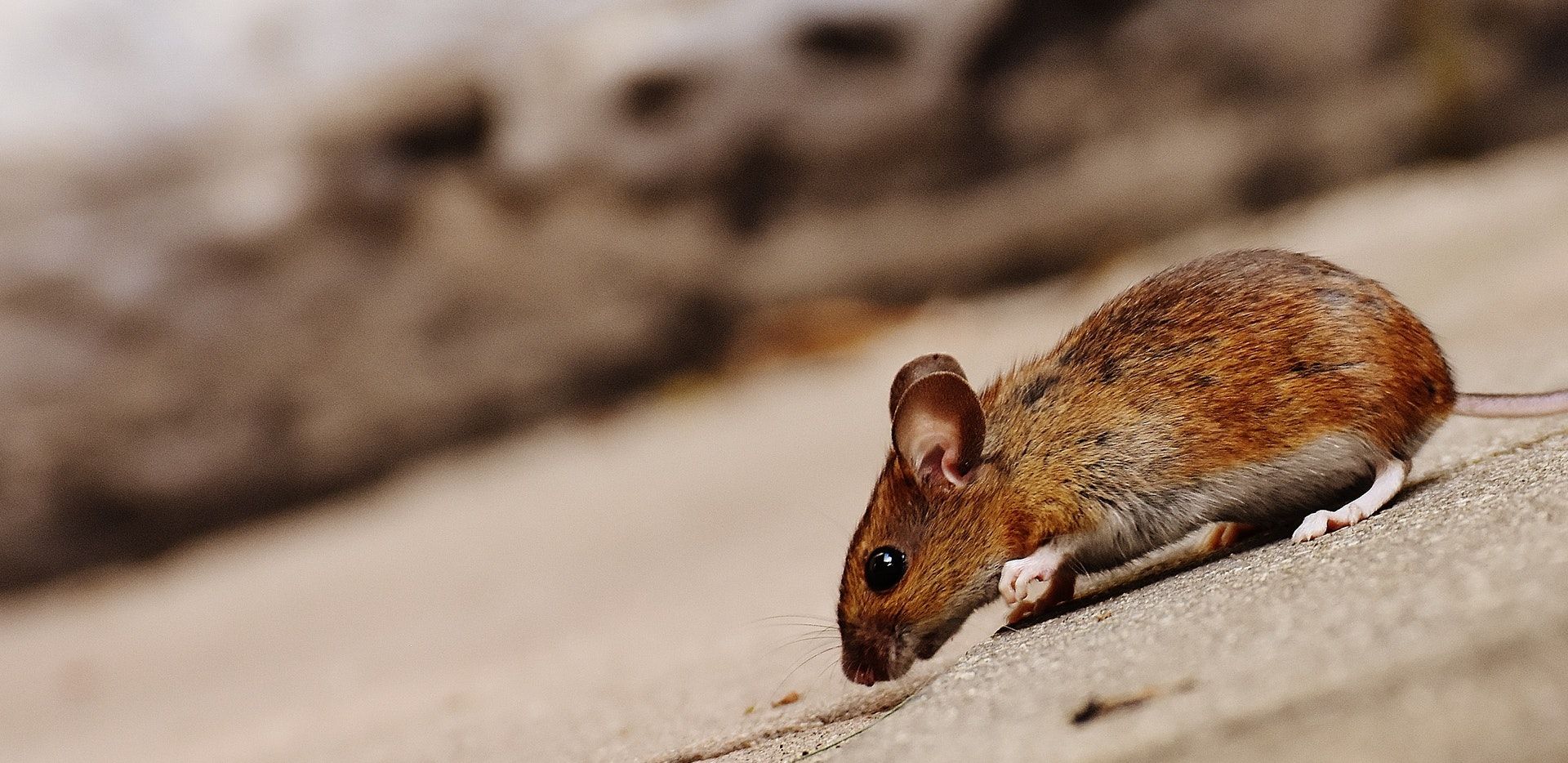
Rats are unwelcome guests in any household. These rodents can cause significant damage to property and pose serious health risks. They chew through wires, insulation, and even structural beams, leading to costly repairs. Additionally, rats can spread diseases such as leptospirosis and hantavirus, which can be harmful to humans. Understanding what attracts rats to your home, such as food sources, clutter, and accessible entry points, is crucial for effective prevention. Today's article will cover six factors that may be luring these pests into your living space.
1. Food Sources
Rats are opportunistic feeders, and they will eat just about anything. Accessible food sources like unsecured trash bins, pet food left out, bird feeders, and even crumbs on the floor can attract rats. These rodents are highly adaptable and can thrive in a variety of environments, from urban areas to rural settings. To prevent infestation, make sure to store food in airtight containers and clean up any spills promptly. Regularly taking out the trash and keeping lids tightly sealed are also essential steps. Additionally, maintaining a clean and clutter-free environment both indoors and outdoors can deter rats from making your home their own.
2. Water Availability
Just like any living creature, rats need water to survive. Leaky faucets, pet water bowls left outside, and standing water in your garden can provide the moisture rats need. To prevent attracting these unwanted pests, it's crucial to fix any plumbing issues promptly and ensure that there is no stagnant water around your home. Additionally, be sure to empty pet water bowls overnight if they are kept outdoors. Regularly check your garden for any areas where water might accumulate, such as clogged gutters or poorly drained flower beds.
3. Shelter and Warmth
Rats seek shelter and warmth to nest and reproduce, making them a common nuisance in residential areas. Piles of firewood, cluttered garages, and dense vegetation around your home can provide an ideal nesting environment for these pests. They are attracted to areas where they can find ample food, water, and safe places to hide. Keeping outdoor areas tidy, such as regularly organizing and disposing of debris and trimming back overgrown plants and shrubs, can significantly reduce hiding spots for rats. Securing garbage bins and removing any potential food sources is also important. Additionally, ensure that your attic and basement are properly insulated and free from clutter, sealing any potential entry points to prevent rats from gaining access to your home.
4. Entry Points
Rats can squeeze through incredibly small gaps to enter your home. These persistent pests can infiltrate through cracks in the foundation, gaps around doors and windows, and even holes created for utilities like pipes and cables. To prevent an infestation, regularly inspect these vulnerable areas and seal any openings with durable materials such as caulk, steel wool, or other rodent-proof substances. Additionally, installing door sweeps at the bottom of doors and ensuring window screens are intact can provide an extra layer of protection against unwanted pests and drafts. Regularly inspecting and maintaining these barriers can significantly improve the comfort and safety of your home, preventing small critters and insects from entering while also contributing to energy efficiency by keeping the indoor temperature stable.
5. Compost Bins and Garden Waste
While composting is great for the environment, it can attract rats if not managed properly. Food scraps, especially those from fruit and vegetables, can be a feast for rodents, drawing them to your compost pile. To prevent this, ensure your compost bin has a secure lid and is rodent-proof, using materials that rats cannot chew through. Additionally, avoid composting animal products such as meat, dairy, and bones, which can further attract pests. Regularly turning the compost pile aids in decomposition and discourages nest-building by making the environment less stable for rats. Adding brown materials like leaves and cardboard can also help balance the compost and reduce odor, making it less appealing to rodents.
6. Neglected Spaces
Spaces that are rarely accessed or cleaned, such as attics, basements, and crawl spaces, can become havens for rats. These areas often provide the perfect conditions for rodents to thrive, including darkness, warmth, and an abundance of hiding spots. To minimize the risk of infestation, regularly inspect and clean these areas, removing any clutter that could serve as nesting material.
In addition, consider using natural or chemical repellents to create an unwelcoming environment for rats. Traps can also be an effective measure to control any existing rodent populations. When storing items, opt for sealed plastic containers rather than cardboard boxes, as rats can easily chew through cardboard and make nests inside. By taking these proactive steps, you can help keep your property rodent-free and maintain a healthier living environment.
By understanding and mitigating these factors, you can significantly reduce the likelihood of a rat infestation. Regular maintenance, such as sealing cracks and holes, repairing leaks, and securing garbage bins, is crucial. Cleanliness, including keeping food stored in airtight containers and promptly cleaning up spills, plays a major role. Additionally, adopting mindful habits like not leaving pet food out overnight and trimming vegetation around your home can be your best defenses against these persistent pests. Taking these proactive steps will help ensure a rodent-free environment. If you need pest control services for your home, contact our team at Area Wide Exterminators in San Joaquin County for more information.

